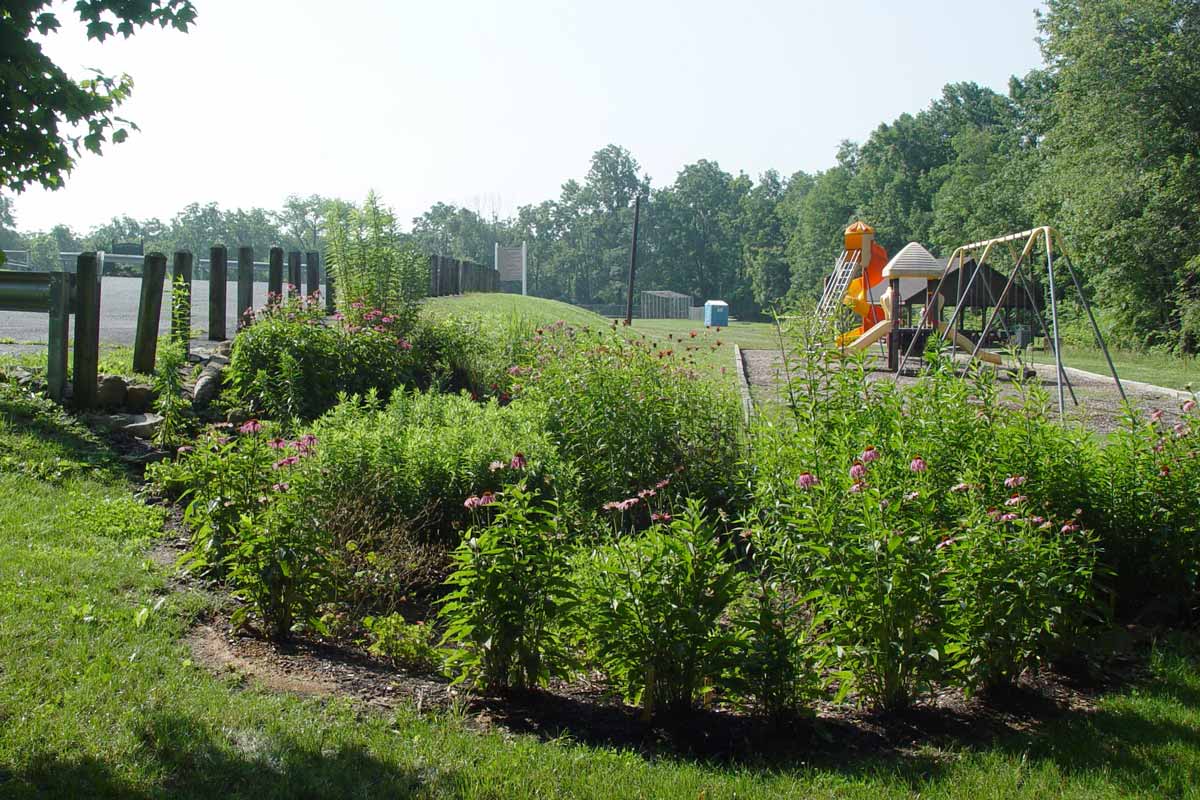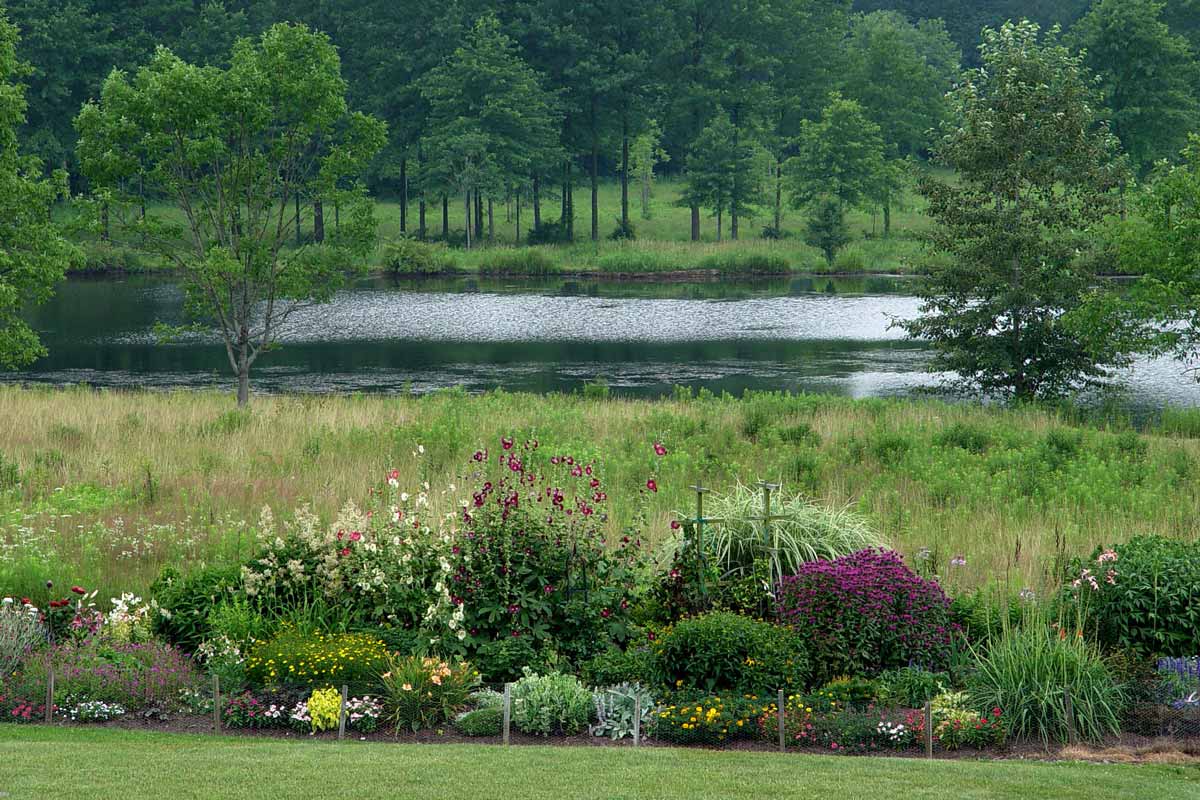What Happens to the Garden When You Get Too Much Rain?
Gardens need rain, but too much rainfall can cross the line. Learn what to do when excessive downpours or extended periods of wetness harm garden and landscape plants.
Summer’s hot, dry spells usually shine the focus on making sure plants in the yard get enough water.
But given the increasing bouts of extreme rain dumpings that many parts of the U.S. experienced this past spring and sometimes even in summer, the opposite problem also can pop up – what to do about too much water.
Excess rain is harder to manage than dealing with dryness, which can be addressed with some well timed and well directed irrigation.
Heavy and/or prolonged rain, on the other hand, can’t be managed. You get what you get. And too much too fast can wash out new plants, erode soil, and waterlog garden beds to the point of rotting roots.
Now that excesses both ways are becoming the new norm, a new word has crept into the gardening lexicon – "rainscaping."

Here’s an example of a planted rain garden – slightly sunken to collect storm water. Photo by George Weigel
Rainscaping is crafting the yard in a way that manages water smartly, both coming into the yard and leaving it.
Gravitating toward drought-tough native plants and covering soil with mulch, for example, are ways to make the most of limited water during dry spells.
Building a rain garden, on the other hand, keeps rain on site, lessens flooding, and keeps potential pollutants from running off into streams when downpours happen.
A rain garden is a sunken bed that’s been dug and improved with well draining soil amendments so that rain is collected and allowed to seep into the area instead of run off. Such gardens are designed so that all of the rain has soaked in within 24 to 48 hours.
Rain gardens are planted with species that can tolerate occasionally wet soil – the most wet-tolerant ones in the middle and somewhat wet-tolerant species higher up and around the perimeter.
Rain gardens are particularly effective when installed out from storm drains and downspouts or any part of the yard that’s in path of runoff. Many state agencies and Extension offices have plans that go into detail on how to build a rain garden.

Planted garden beds absorb more rain water than hard surfaces or lawns. Photo by George Weigel.
Rain gardens are just one way to make yards more "water-friendly." Six more strategies: